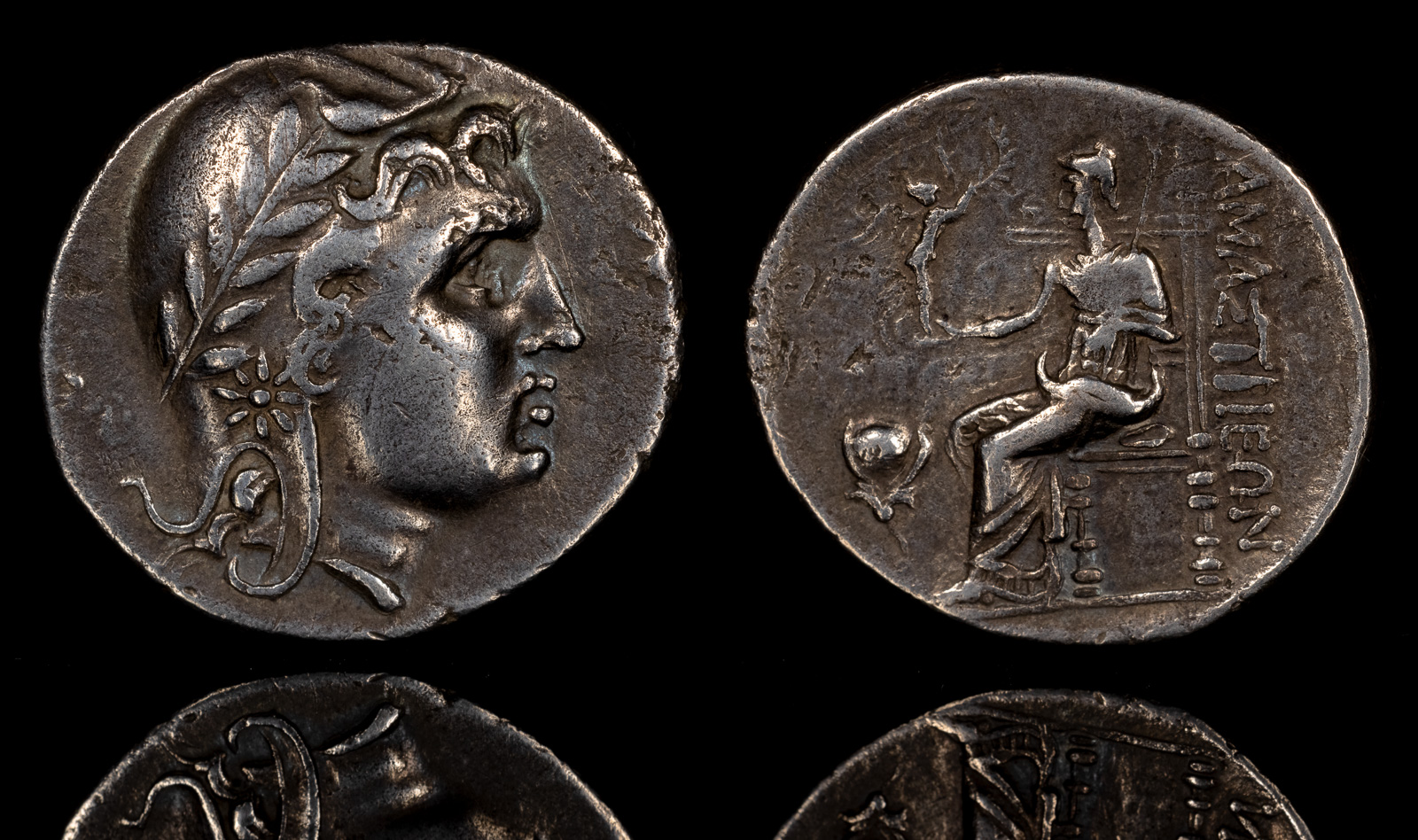Rose
View All Tags
The rose’s association with Aphrodite made it a symbol of feminine beauty and allure. It was often depicted in Greek art and poetry as a symbol of the transient nature of life and love. Roses were sometimes placed in the funerary rites of the wealthy, representing a tribute to the deceased while acknowledging the fleeting nature of beauty and life itself. The flower’s delicate petals and sweet fragrance, in contrast to its thorny stem, also suggested the duality of love: tender yet capable of inflicting emotional pain.
In addition to its romantic connotations, the rose was linked to the concept of secrecy in Greek culture. The term “sub rosa” (meaning “under the rose”) came from the custom of suspending a rose over a meeting place, often a banquet hall, to indicate that any discussions held under its symbol were meant to remain confidential. This practice, rooted in the belief that the rose’s symbolism of secrecy would ensure discretion, reflects how the flower was also associated with confidentiality and trust.
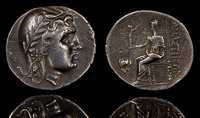
Amastris 285-250 BCE

Larymna, Boeotia 171 BCE

Memnon of Rhodes 360-332 BCE
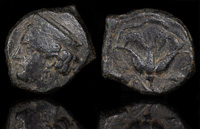
Nikokles of Paphos 350-320 BCE
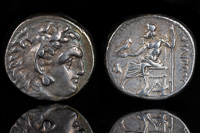
Philip III Arrhidaeos 331-321 BCE
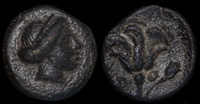
Rhodes, Caria 350-300 BCE
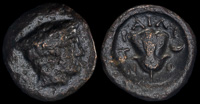
Tragilos, Macedon 400-380 BCE
